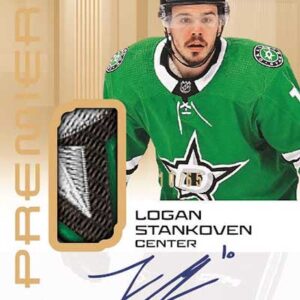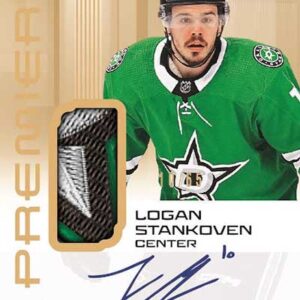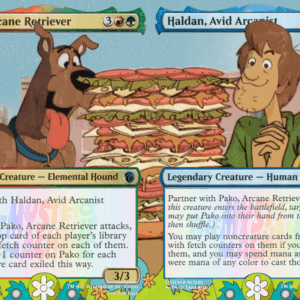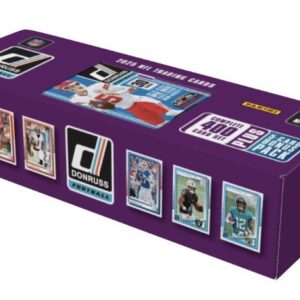When rumblings first started about a collaboration between Magic: The Gathering and Marvel’s Spider-Man, the news sent ripples of excitement through game shops. Wizards of the Coast had seemingly performed a perfect slam dunk — bringing one of Marvel’s most beloved characters into the fold of a gaming empire known for its complexity and strategic depth. For both Magic aficionados who relish new dimensions and Spider-Man fans who hadn’t yet taken the plunge into the world of Magic, it seemed a dream come true.
Theoretically, this set should have been a fantastic opportunity to draw in new players, especially those who might not ordinarily dabble in Magic. Spider-Man, with his massive cross-demographic appeal, could open the game to a fresh audience segment, eager to see their favorite web-slinger in action within this unique card-game format. However, the result of this hyped-up collaboration diverged starkly between the interests of different players, splitting into areas that shine and those that leave much to be desired.
Let’s first delve into how this set ended up wearing dual personalities. Originally conceived as a small, Commander-focused supplemental product, the vision was never intended as a draft set — a format highly popular with hardcore Magic enthusiasts. The product was initially planned to have around 100 cards. However, due to the underperformance of similar mini-sets when previously released, the decision was made to expand Spider-Man’s presence in the game into a substantially larger 188-card, draftable, Standard legal release. In project terms, this rapid expansion without a corresponding timeline extension almost always leaves room for hiccups and inconsistencies — and this release feels those growing pains acutely.
The set trims down to 188 cards, a leaner selection compared to more recent Standard releases. Draft enthusiasts face narrowed archetypes, reduced from the customary ten to merely five. This limitation presents a challenge; it compresses replay value and the sense of discovery that fuels draft aficionados’ passion for the format. While numerous cards carry impressive names, many end up playing much like their counterparts. Consequently, the novelty wears off more quickly than desired, and what should have been varied tactical options frequently feel uniformly bog-standard, both in Limited and Constructed environments.
Meanwhile, in the digital realm, Magic Arena requires its players to navigate altered names and art for some cards. This modification, likely a result of navigating licensing contracts with Marvel, tests the patience of players who toggle between physical tabletop play and its virtual counterpart. Moving back and forth can be jarring and diminishes some of the intended immersive appeal.
The enduring successes of this set lie in its collectible offerings. For high-end collectors, the introduction of cards like the sought-after Soul Stone emulates the right blend of in-game effectiveness and binder appeal. As an indestructible artifact, it offers a potent battlefield ability to revive creatures each turn but also stands as a lucrative target for collectors with its extremely limited Cosmic Foil variant. It’s a perfect representative of the jackpot allure everyone expects from a collaboration with such blockbuster potential. Other cards, like Anti-Venom, Gwenom, and Spectacular Spider-Man, strike the right balance between being impressive additions for dedicated Commander and gameplay fans and satisfying collector’s cravings.
This magical partnership, however, isn’t without its misses. In ensuring Spider-Man and its related offshoots were a thoroughly engulfing theme, many cards end up being repetitive and lose the special zest that legends should embody. While hardcore fans might relish the chance to see their favorite Spider variants, the multiplicity with few variations leaves some feeling like novelty items rather than revered gameplay components. Some critiqued Peter Parker’s card as surprisingly tame considering the weight of the Spider-Man mantle. Additionally, flavor choices feel off, like Miles Morales being forced into green to appease mechanical needs which, for many, steps provocatively out of character.
Drafting, as pivotal as it is to core Magic gameplay, faces undeniable challenges here. Players need clear-cut signposts for draft strategies, pivotal at common or uncommon slots, to guide their route through each game session. This set’s reduced archetypes and repetitive mechanics offer less room for exploration and discovery, nudging players away after only a few sessions. As a consequence, game stores stocked with product designed for robust drafting experience unease as participation dwindles.
While previous crossover releases with heavyweights like Lord of the Rings and Final Fantasy managed to inherently echo their source material’s essence through unique mechanics and standout formats, the Spider-Man set, despite brand presence, doesn’t quite reach the same gameplay heights.
Ultimately, the ones who stand to benefit most from this release are those purely in it for the chase. The collectors, the speculators, and the superhero aficionados will likely revel in hunting down the rarest iterations. Budget-conscious players and draft-centered Magic devotees may find themselves feeling underserved. My advice for those contemplating where to channel their own funds — zero in on singles. Create a wish list with cards that genuinely fit your decks or display desires, and selectively grab those once they land in the resale market. If you’re tempted by the allure of sealed products, slow down, and be mindful of the concentrated rarity of valuable cards. While the collector’s boosters will prop up the set financially, for many players, they will remain an investment tempered with the thrill and risk of a high-stakes ride.
For quick notes to jot down along your card-collecting journey: prepare for a narrow Limited experience and don’t overly commit to unvaried draft engagements. Remember, the Soul Stone stands tall as both a game-changer and a prized collectible. Cards like Anti-Venom, Electro, and Gwenom seem poised for regular gameplay integration, while some entries might read better in collections than when commanding the tabletop. Lastly, brace yourself for discrepancies between Arena’s and paper Magic’s presentation methods, which may present occasional frustration.
Approach this Marvel collaboration with eyes wide open: if chasing after rares and adding strategically impactful singles to your decks excites you, you’ll find satisfaction. However, be cautious if you’re reading this hoping for an expansive Limited set experience, as this release might leave you wishing for more substance.






